Related Research Articles

The Tohono Oʼodham are a Native American people of the Sonoran Desert, residing primarily in the U.S. state of Arizona and the northern Mexican state of Sonora. The United States federally recognized tribe is the Tohono Oʼodham Nation.
Oʼodham or Papago-Pima is a Uto-Aztecan language of southern Arizona and northern Sonora, Mexico, where the Tohono Oʼodham and Akimel Oʼodham reside. In 2000 there were estimated to be approximately 9,750 speakers in the United States and Mexico combined, although there may be more due to underreporting.
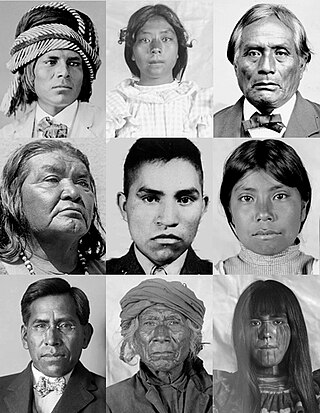
The Akimel O'odham, also called the Pima, are a group of Native Americans living in an area consisting of what is now central and southern Arizona, as well as northwestern Mexico in the states of Sonora and Chihuahua. The majority population of the two current bands of the Akimel O'odham in the United States are based in two reservations: the Keli Akimel Oʼodham on the Gila River Indian Community (GRIC) and the On'k Akimel O'odham on the Salt River Pima-Maricopa Indian Community (SRPMIC).
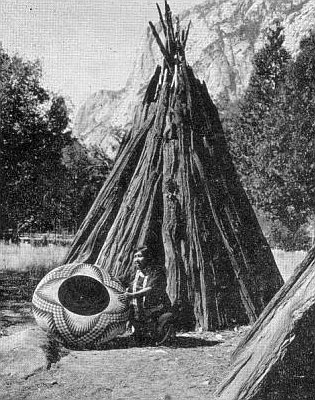
Basket weaving is the process of weaving or sewing pliable materials into three-dimensional artifacts, such as baskets, mats, mesh bags or even furniture. Craftspeople and artists specialized in making baskets may be known as basket makers and basket weavers. Basket weaving is also a rural craft.
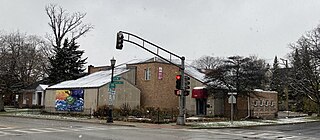
The Mitchell Museum of the American Indian is a museum in Evanston, Illinois that focuses exclusively on the history, culture and arts of North American native peoples. It is a Core Member of the Chicago Cultural Alliance, a consortium of 25 ethnic museums and cultural centres in Chicago.
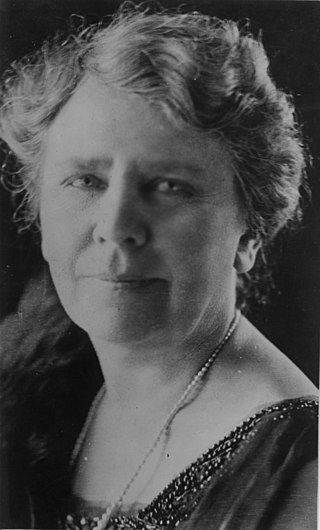
Frances Theresa Densmore was an American anthropologist and ethnographer born in Red Wing, Minnesota. Densmore studied Native American music and culture, and in modern terms, she may be described as an ethnomusicologist.
Ofelia Zepeda is a Tohono O'odham poet and intellectual. She is Regents' Professor of Tohono O'odham language and linguistics and Director of the American Indian Language Development Institute (AILDI) at The University of Arizona. Zepeda is the editor for Sun Tracks, a series of books that focuses on the work of Native American artists and writers, published by the University of Arizona Press.

I'itoi or I'ithi is, in the cosmology of the O'odham peoples of Arizona, the creator and God who resides in a cave below the peak of Baboquivari Mountain, a sacred place within the territory of the Tohono O'odham Nation. O'odham oral history describes I'itoi bringing Hohokam people to this earth from the underworld. Hohokam are ancestors of both the Tohono O'odham and the Akimel O'odham. He is also responsible for the gift of the Himdag, a series of commandments guiding people to remain in balance with the world and interact with it as intended.

The Tohono Oʼodham Nation is the collective government body of the Tohono Oʼodham tribe in the United States. The Tohono Oʼodham Nation governs four separate pieces of land with a combined area of 2.8 million acres (11,330 km2), approximately the size of Connecticut and the second largest Indigenous land holding in the United States. These lands are located within the Sonoran Desert of south central Arizona and border the Mexico–United States border for 74 miles (119 km) along its southern border. The Nation is organized into 11 local districts and employs a tripartite system of government. Sells is the Nation's largest community and functions as its capital. The Nation has approximately 34,000 enrolled members, the majority of whom live off of the reservations.

The visual arts of the Indigenous peoples of the Americas encompasses the visual artistic practices of the Indigenous peoples of the Americas from ancient times to the present. These include works from South America and North America, which includes Central America and Greenland. The Siberian Yupiit, who have great cultural overlap with Native Alaskan Yupiit, are also included.

Terrol Dew Johnson is a Tohono O'odham basket weaver, sculptor, and health advocate, who promotes Indigenous foods to prevent diabetes.
Annie Antone is a Native American Tohono O'odham basket weaver from Gila Bend, Arizona.
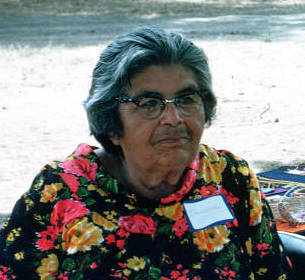
Elsie Comanche Allen was a Native American Pomo basket weaver from the Cloverdale Rancheria of Pomo Indians of California in Northern California, significant as for historically categorizing and teaching Californian Indian basket patterns and techniques and sustaining traditional Pomo basketry as an art form.
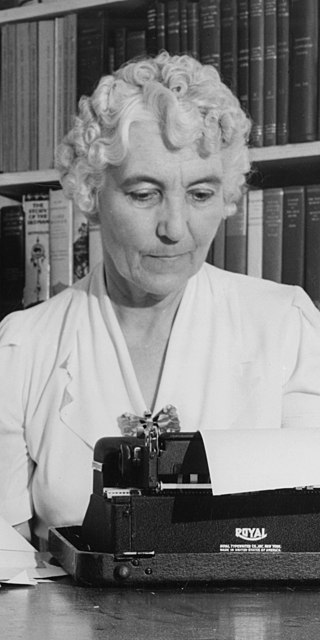
Ruth Murray Underhill was an American anthropologist. She was born in Ossining-on-the-Hudson, New York, and attended Vassar College, graduating in 1905 with a degree in Language and Literature. In 1907, she graduated from the London School of Economics and began travelling throughout Europe. During World War I, she worked for an Italian orphanage run by the Red Cross.
Edward Franklin Castetter was an American ethnobotanist who studied the use of plants by Native American people in arid environments. He was a professor and served as the chair of the Department of Biology at the University of New Mexico. The biology building at UNM is named Castetter Hall in his honor.
Rosamond Spicer was an American anthropologist and a writer. She worked with her husband Edward Holland Spicer who was a very well known anthropologist who authored many books which included the book which she had jointly edited titled People of Pascua (1988) which included a section by her titled Living in Pascua, Looking Back Fifty Years.
Kahachi Miliuk is a populated place situated in Pima County, Arizona, United States. It is located in the Fresnal Canyon on the Tohono O'odham Indian Reservation, and its name is derived from the three O'odham words: ge, aji, and meliwkud, meaning "big", "skinny" and "place where runners end a race". It has an estimated elevation of 2,956 feet (901 m) above sea level.
Madeleine Mathiot was a Professor emerita of Linguistics at the University at Buffalo in Buffalo, New York.
Juan Dolores, was a Tohono O'odham Native American of the Koló:di dialect, acting as one of the first linguists of the O'odham language. He is the first person to document traditional Tohono O'odham fables and myths, and worked with Alfred L. Kroeber to document the first studies into the O'odham language's grammar, which would eventually be compiled and published alongside other documents in The Language of the Papago of Arizona by John Alden Mason.
References
- ↑ Cleere, Jan (18 August 2019). "Western Women: Maria Chona was Tohono O'odham healer, basket weaver".
- ↑ Lavender, Catherine Jane (2006). Scientists and Storytellers: Feminist Anthropologists and the Construction of the American Southwest. UNM Press. p. 121.
- ↑ Sonneborn, Liz (2014). A to Z of American Indian Women. Infobase Publishing. pp. Introduction: xiii.
- ↑ "Chona, Maria (1845–1936)". encyclopedia.com.
- ↑ Underhill, Ruth, ed. (1936). The Autobiography of a Papago Woman. Martino Fine Books. ISBN 9781614278993.